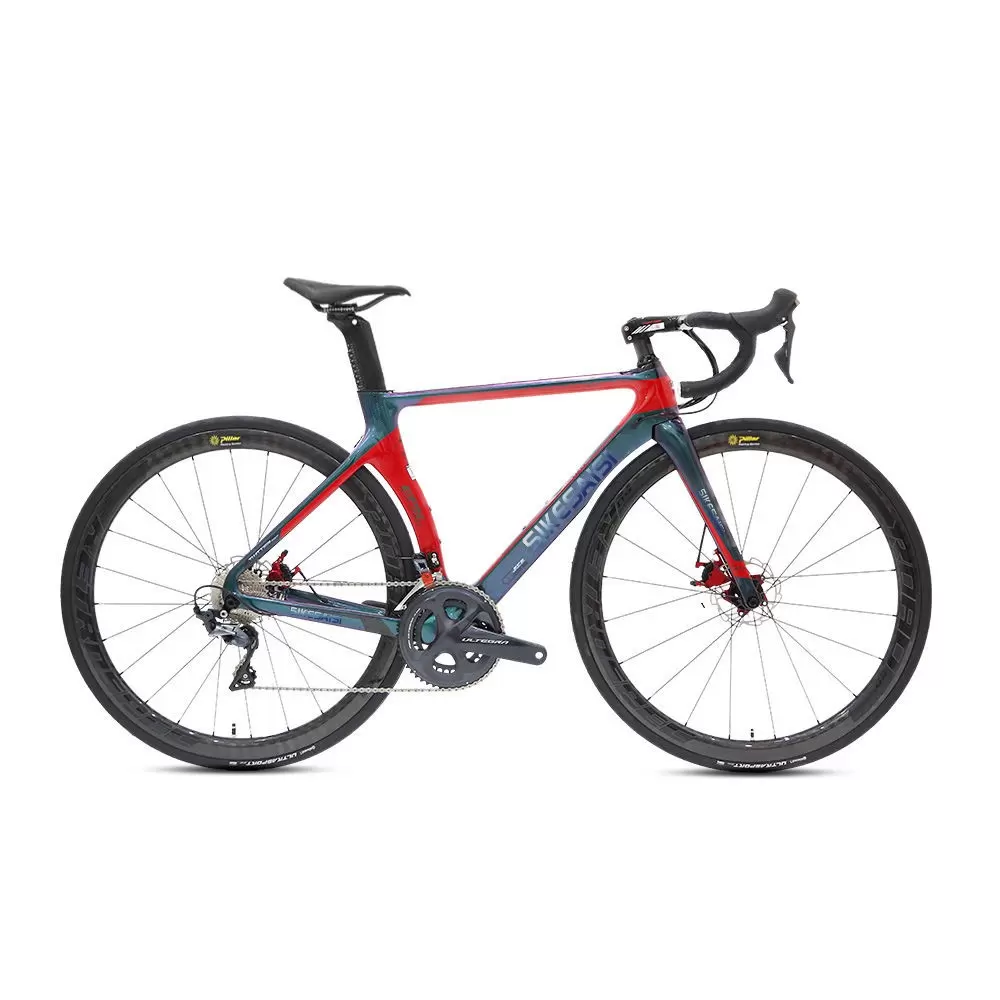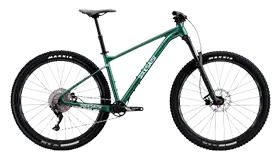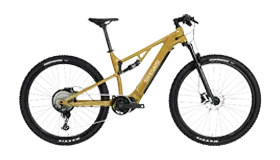Road Bike Top Speed

The top speed of a road bike is affected by many factors, such as the rider's strength and endurance, body weight, air resistance and wind direction. Generally speaking, the average person without training rides at an average speed of 10 to 14 miles per hour (MPH). However, professional cyclists are able to reach speeds of 45 miles per hour on the road using raw power (muscle power) alone.
A cyclist who has trained intensively for several months may increase his speed to 25 to 30 miles per hour. In professional races, such as the Tour de France, the average speed of professional cyclists is about 25 miles per hour. This speed includes climbing hills, flat roads and sprinting.
According to cyclist forum discussions, Mark Cavendish can sometimes reach speeds of 45-50 miles per hour while sprinting. In road races, professional cyclists can reach such speeds in an instant, but the average speed is usually around 25 miles per hour, and when they need to catch up with a breakthrough or set up for a sprint, the speed can increase to 30 miles per hour or faster. .
For example, Ian Cammish was able to maintain an average speed of 28.317 miles per hour in a 100-mile event in 1983 on a standard road bike, even without triangle handlebars or disc wheels. This level of speed requires even today's professional cyclists to be very capable.
Additionally, the top speed of a road bike is directly related to the risk the rider is willing to take. On straight, slightly downhill roads, a heavier cyclist can usually outpace a lighter cyclist; however, on steeper descents and tight turns, speed depends more on the rider's handling skills and comfort level with risk.
Overall conclusion
The average person rides at an average speed of 10 to 14 miles per hour without training, and with proper training, ideal body weight, and techniques to reduce air resistance, you can increase your speed to 30 miles per hour. Professional cyclists can instantly reach or steadily maintain higher speeds on flat sections. The increase in riding speed also depends on the balance between the rider's self-challenge and safety and comfort.










